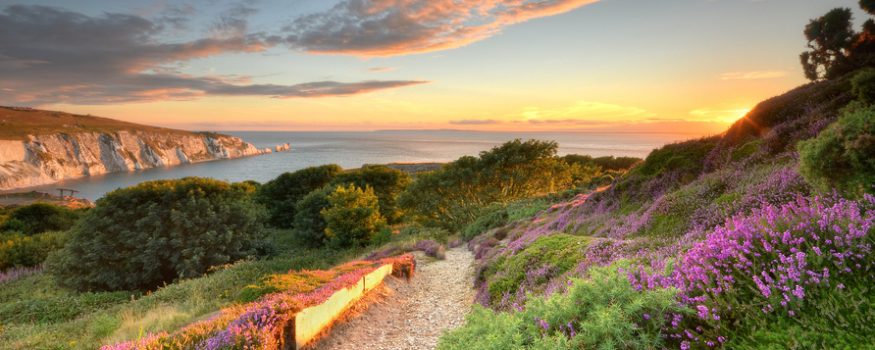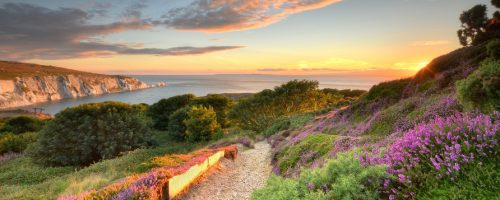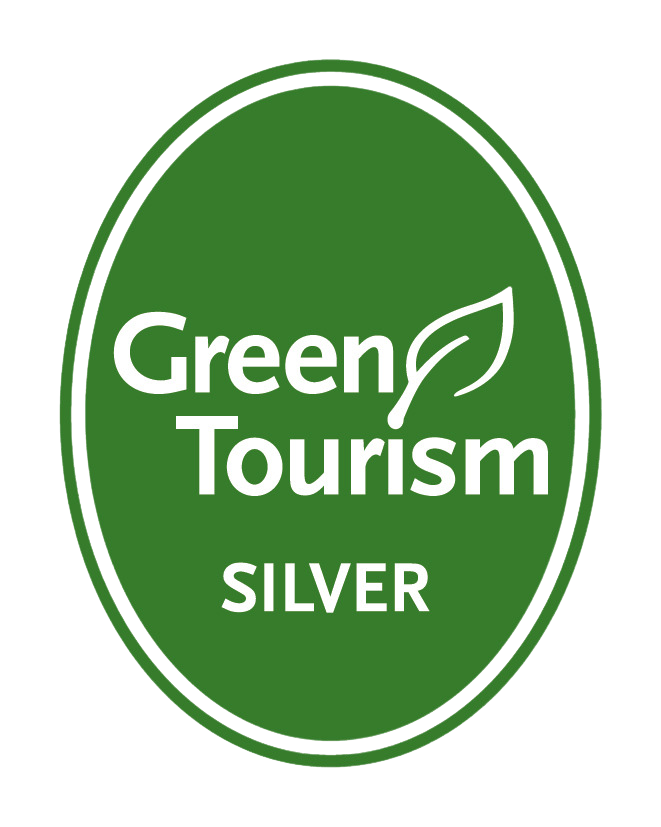The Isle of Wight has been awarded UNESCO Biosphere Reserve Status earlier this year. In gaining this status, the Isle of Wight has been recognised as offering one of the best areas in the world for managed landscapes, where human impact does not detract from the landscape and wildlife due to the work of various organisations and land-owners.
The Island’s elevation to UNESCO Biosphere Reserve status also enhances its reputation as a special place to live and to visit. There are now seven Biosphere Reserves throughout the UK, and the Isle of Wight is the first area in England to receive this accolade for seven years.
The Biosphere Status covers the whole of the Isle of Wight, and the Solent, and encompasses and recognises everything from locally produced food to the white chalk stacks of The Needles; and from outdoor activities such as walking, cycling, water sports, and fossil hunting throughout the whole year-rounds events.
The Isle of Wight has traditionally held a reputation for being home to rare wildlife species, such as the red squirrels in the woodlands, Glanville Fritillaries (butterflies) on cliff walks, and the Ventnor Wall Lizard sunning themselves on rocks – in addition to plants that occur nowhere else in Britain. In 1963, half the Island was designated an Area of Outstanding Natural Beauty, and the Isle of Wight Coastal footpaths and plenty of designated trails crisscrossing the Island as a whole.
The UNESCO accolade will build on its sustainable tourism initiatives, including the recently launched Slow Travel Guide to the Isle of Wight; and will also highlight it as a destination for those in search of outdoors and wellbeing breaks.
For more information, please visit their website.










